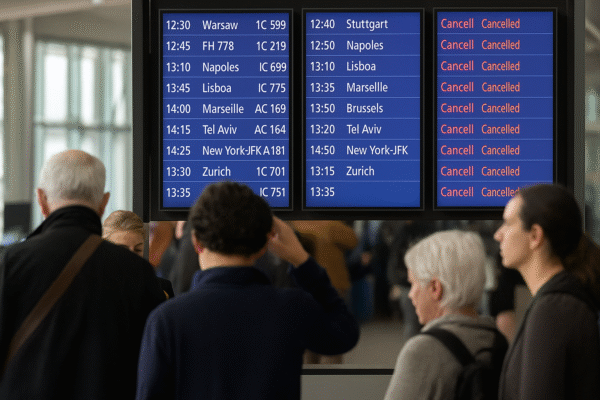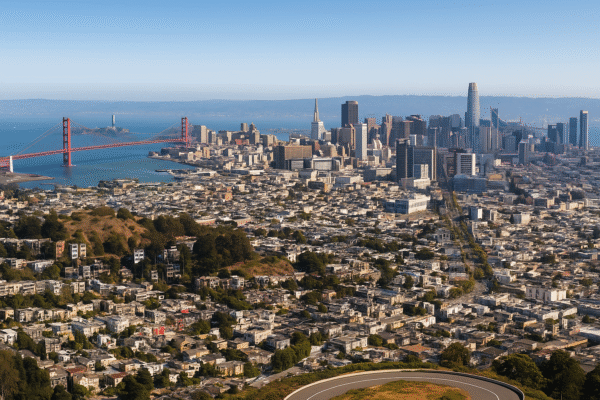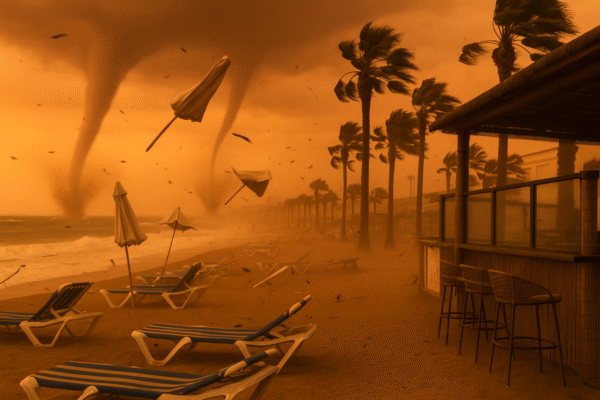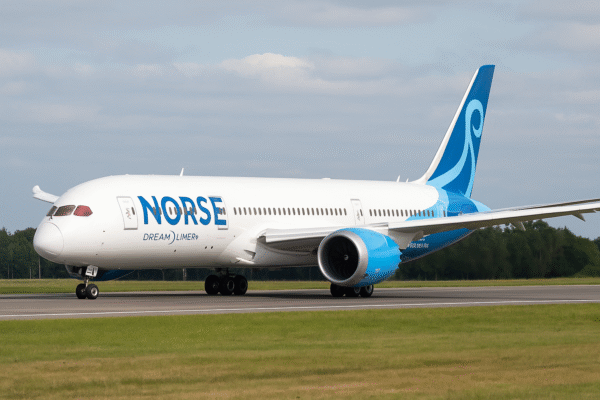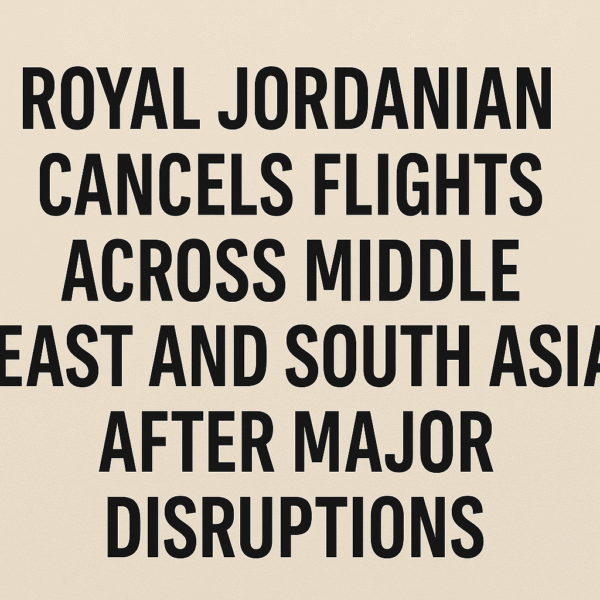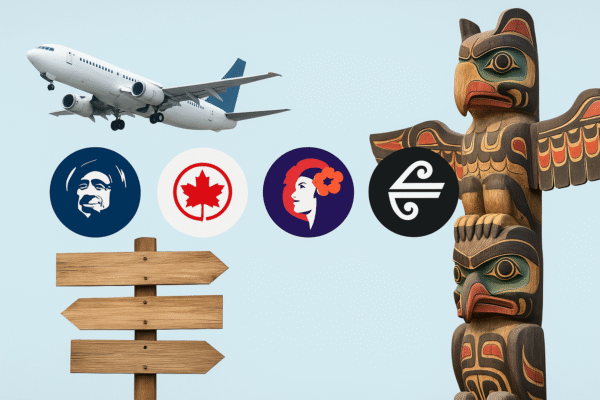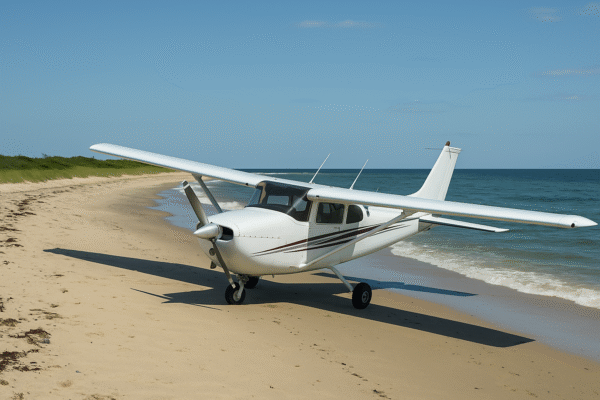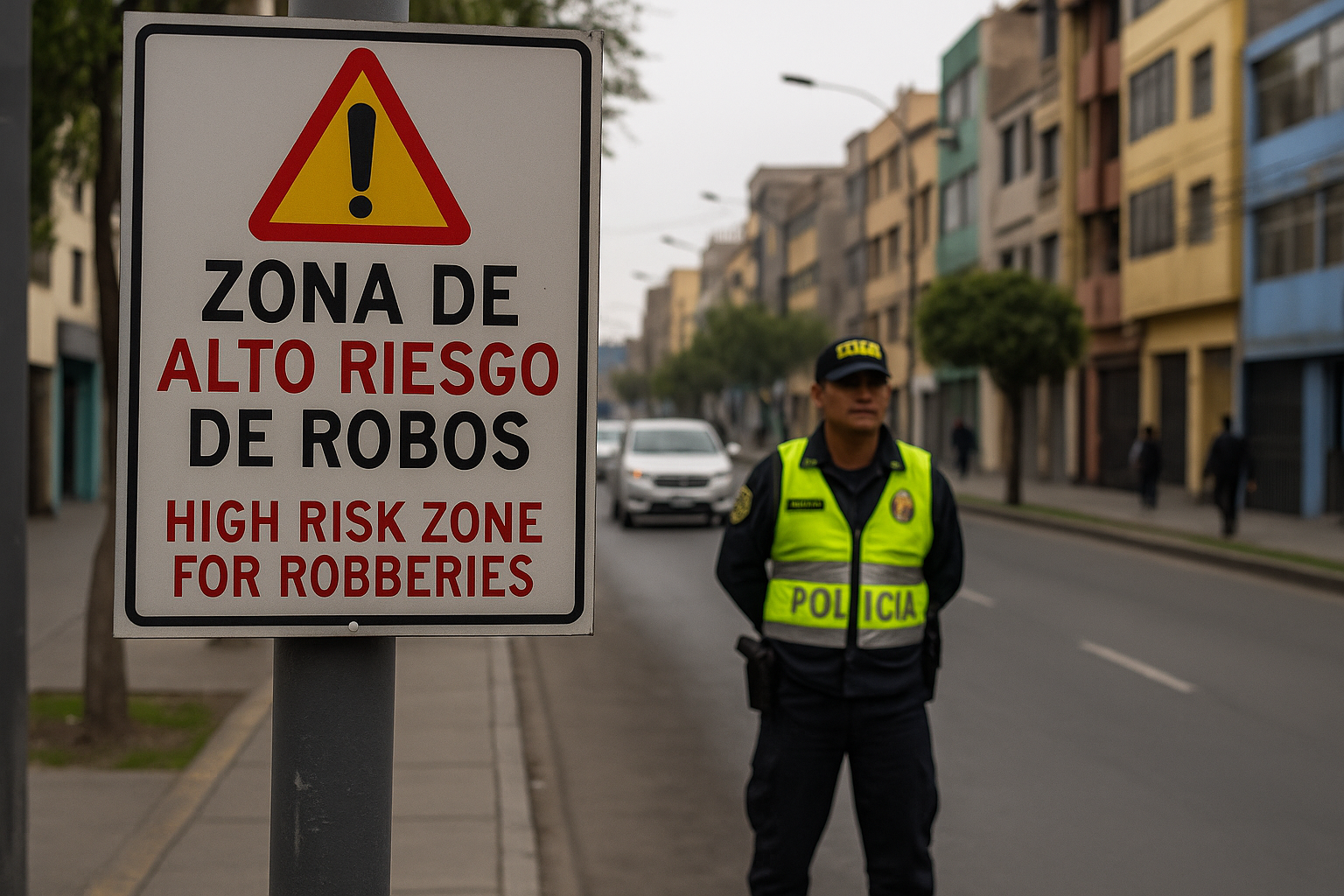Canada Strengthens Travel Advisory for Peru Amid Rising Crime in Lima, Callao, and Border Regions
OTTAWA — July 6, 2025
Canada has issued a significant update to its travel advisory for Peru following the Peruvian government’s declaration of a state of emergency across several high-risk districts in Lima and the neighboring constitutional province of Callao. The alert, issued by Global Affairs Canada, cites increasing incidents of violent crime and deteriorating public safety as the primary cause for concern.
The Peruvian government has implemented temporary security measures in eight districts in Lima and across the entire Callao province. These emergency controls, effective through July 16, 2025, include an enhanced police and military presence, restricted movement during certain hours, and limitations on public gatherings.
For Canadian travelers, the advisory urges heightened vigilance and discourages non-essential travel to several border areas and remote provinces where government authority is limited and criminal groups operate with impunity.
Lima and Callao Under State of Emergency: Districts Affected
Peru’s Ministry of Interior declared the emergency to counter rising urban crime, including extortion, armed robberies, and drug-related violence. Canadian officials echo these concerns, stating that travelers should be aware of curfews, document checks, and roadside inspections in the affected areas.
Lima Districts under Emergency Order:
- Ate
- Carabayllo
- Comas
- Puente Piedra
- San Juan de Lurigancho
- San Martín de Porres
- Villa María del Triunfo
- Villa el Salvador
Entire Callao Province is also affected.
Visitors in these areas are advised to:
- Carry valid ID at all times
- Avoid riding or transporting passengers on motorcycles
- Follow local authority instructions
- Monitor reputable Peruvian news sources for updates
Canadian Travel Warnings for High-Risk Provinces in Peru
Beyond Lima and Callao, the advisory expands its caution to multiple provinces facing security threats from criminal organizations and armed insurgents. The following regions are now flagged under a “Avoid Non-Essential Travel” advisory:
| Region | Provinces/Districts Affected |
|---|---|
| San Martín | Huallaga, Tocache |
| Huánuco | Upper Huallaga Valley, Huacaybamba, Humalíes, Leoncio Prado, Marañón |
| Ucayali | Padre Abad |
| Junín | Concepción, Satipo |
| Huancavelica | Tayacaja |
| Apurímac | Abancay, Andahuaylas, Chincheros |
| Ayacucho | Huanta, La Mar |
| VRAEM Region | Valley of the Apurímac, Ene, and Mantaro Rivers |
These remote provinces are hotspots for drug trafficking, guerrilla activity, and law enforcement ambushes. Due to limited government control in some parts, response to emergencies may be delayed or unavailable.
Dangers Near Peru’s Borders with Colombia and Ecuador
Canada’s advisory places special emphasis on avoiding travel within 20 kilometers of Peru’s borders with Colombia and Ecuador, where instability continues.
- Colombia Border: The jungle regions near the Amazon basin and eastern Andean slopes host illegal armed groups, narcotics traffickers, and poorly marked crossings.
- Ecuador Border: The Cordillera del Cóndor, a disputed highland zone, contains active landmines and sporadic armed patrols.
These areas are considered “volatile and unsafe” even for experienced adventurers. Canadian nationals are urged to avoid jungle treks and off-road expeditions in these zones.
Recommendations for Canadian Travelers in Peru
Global Affairs Canada recommends the following precautions for any Canadian nationals currently in Peru or planning upcoming visits:
- Register with the Canadian Embassy via the Registration of Canadians Abroad service
- Use only verified ride-share apps and registered taxis
- Avoid night travel, isolated areas, and non-tourist neighborhoods
- Keep copies of passports and travel insurance handy
- Do not display valuables in public
- Maintain regular contact with friends or family at home
Travelers should download the Travel Smart mobile app for real-time safety alerts and connect with the Canadian Embassy in Lima in case of emergency.
Wider Travel Advisory Context: Other Nations Reviewed
Peru’s updated alert comes as part of Canada’s routine reassessment of international travel safety. Recent updates include:
- Mexico: Specific no-go zones due to gang violence
- Philippines (Western Mindanao): Risk of terrorism and kidnappings
- Japan and Slovenia: Rated safe with “normal precautions”
Travelers are encouraged to consult travel.gc.ca for real-time updates before departure.
Peru Remains a Top Destination—But Travel Smart
While the updated alert emphasizes caution, it does not recommend a blanket ban on travel to Peru. Iconic destinations like Machu Picchu, Cusco, and the Sacred Valley remain open and are generally safe when visited with reputable tour providers.
Canadian visitors can still explore Peru’s cultural heritage, natural beauty, and gastronomic offerings—provided they remain aware of the changing security landscape and comply with all local and federal guidelines.
For more travel news like this, keep reading Global Travel Wire




